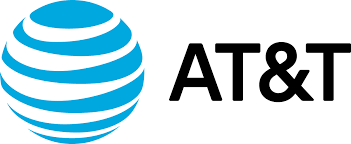
From the end of the 1990s onwards the digital divide, commonly defined as the gap between those who have and do not have access to computers and the Internet, has been a central issue on the scholarly and political agenda of new media development. This article makes an inventory of 5 years of digital divide […]

By early March, the need for an immediate adaptation of our clinical care delivery system was clear. Within a week, clinics had transitioned from in-person visits to telehealth involving telephone or video. Screening processes for COVID-19 were quickly made available on a free online platform through which at-risk individuals were directed to drive-through centers for […]

A citywide campaign in Oakland raised $12.5 million to purchase computers and Wi-Fi hotspots to equip students for distance learning, but school began on Monday and many students did not have what they needed to join in virtually.

Stay connected with affordable internet

A week before some California districts start school, many parents remain in the dark about what online learning will look like as teachers unions and districts negotiate instruction plans – in some cases behind closed doors.

Now, more than ever, broadband internet access (BIA) must be recognized as a social determinant of health. Disparities in access should be treated as a public health issue because they affect, “the health of people and communities where they live, learn, work and play.”

The digital and technology resource divide is not a new phenomenon facing school-aged children of color and children experiencing poverty. A recent study found that, nationally, around 17% of children are unable to complete their homework due to limited internet access.
Sub-topics: New Revenues Without Raising Taxes; Support for Small Business; Protections for Working Families; Investments in our Green Economy
